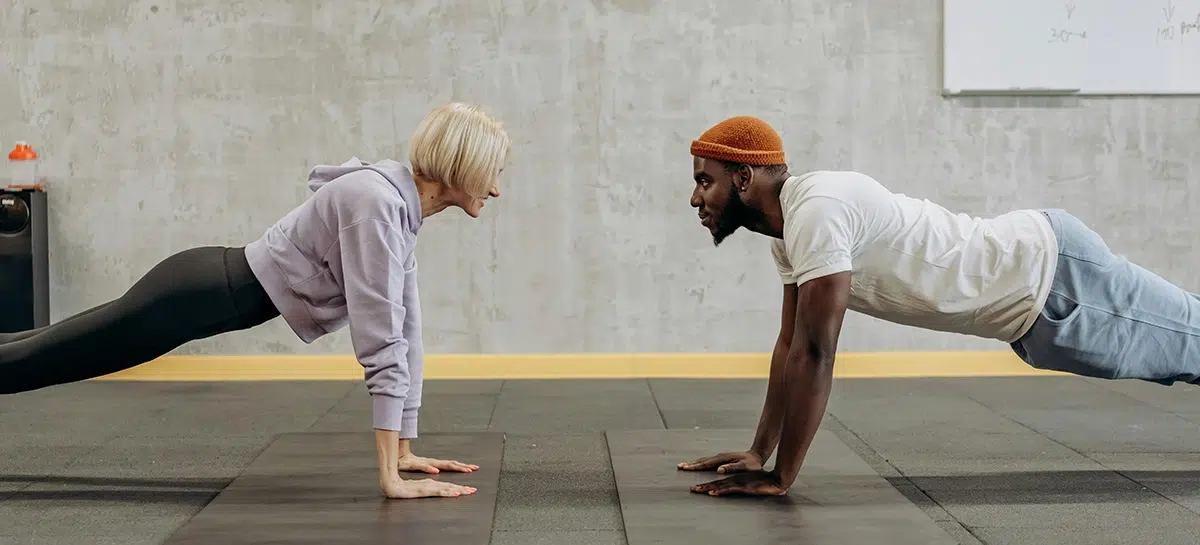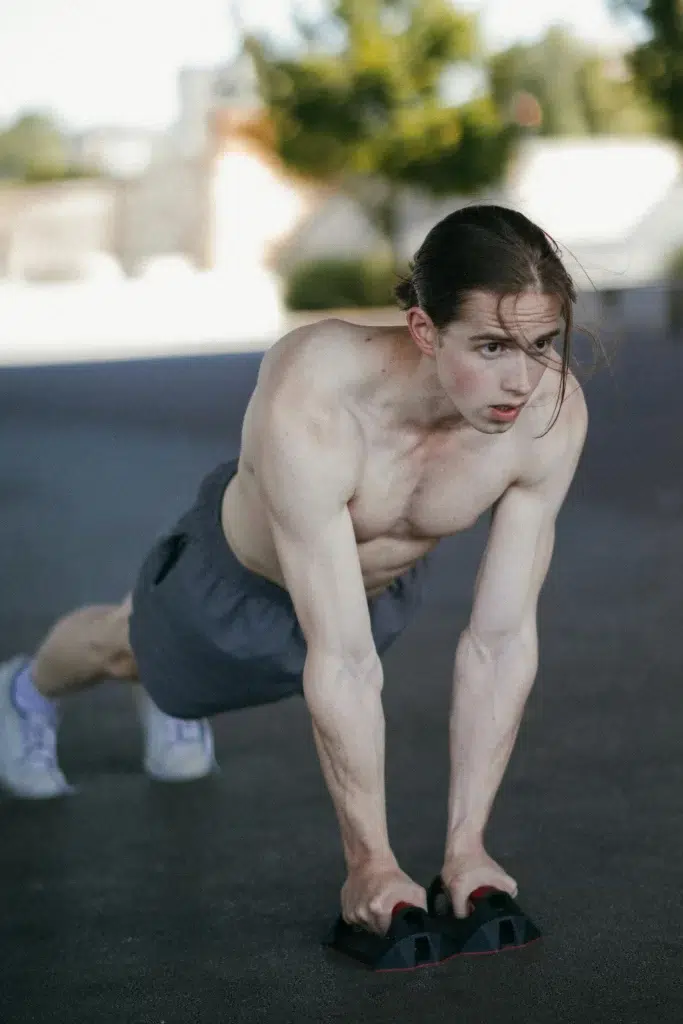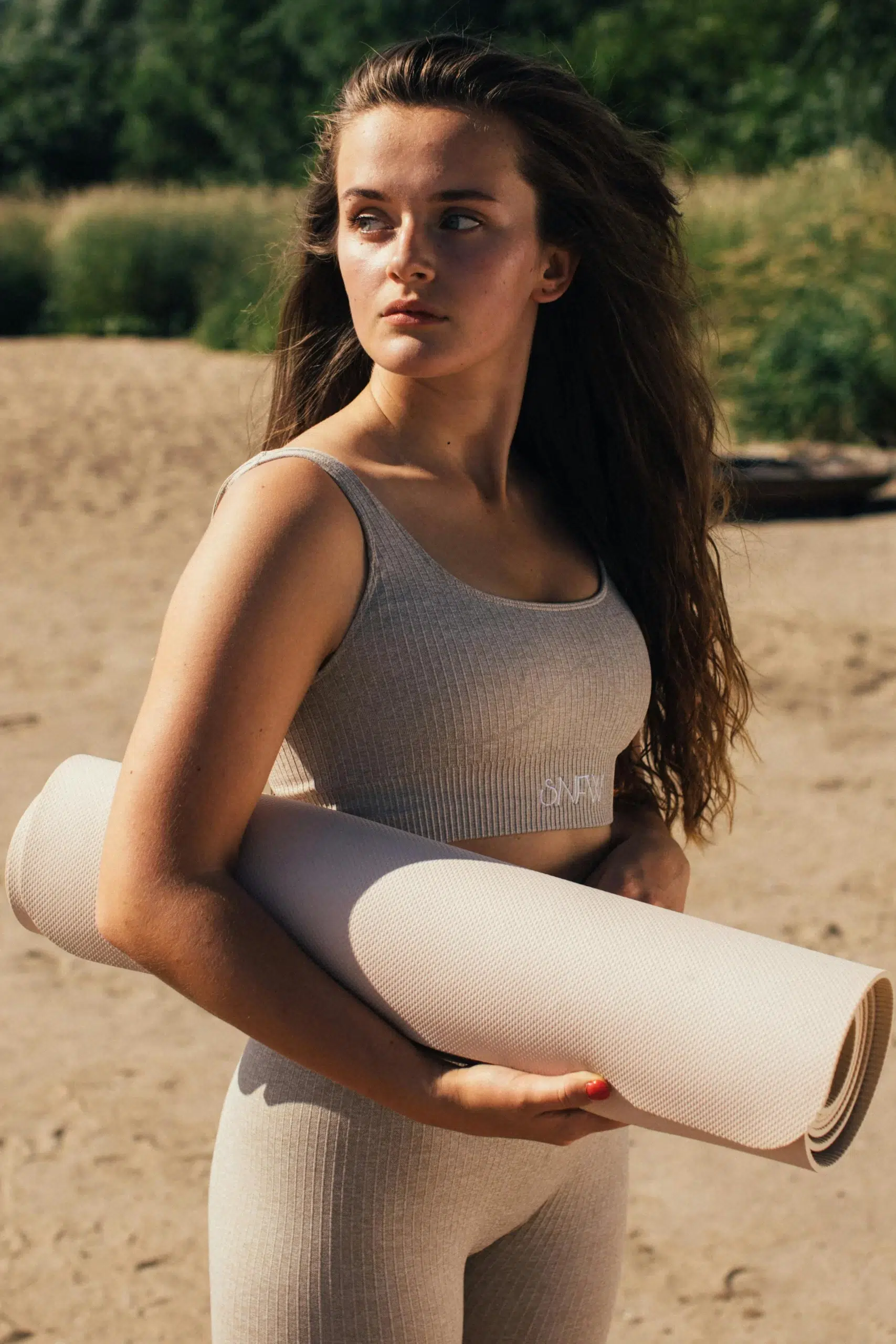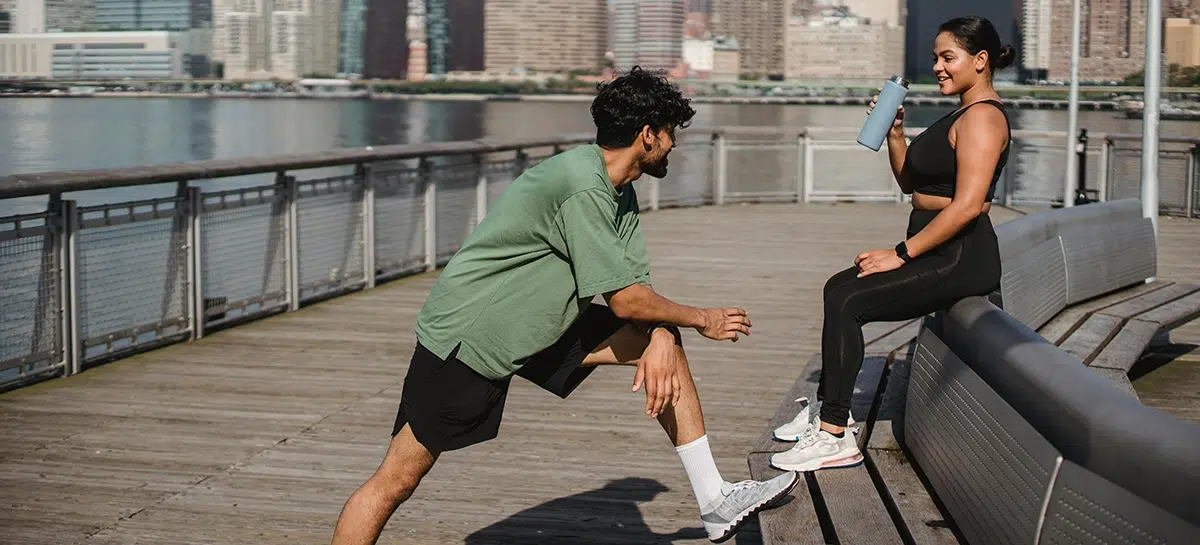How To Become A Fitness Model
Introduction

Understanding the Fitness Modeling Industry
Fitness modeling is a subset of the broader modeling industry focused on displaying health and fitness. Unlike fashion models, fitness models are celebrated for their muscular physique, toned body, and healthy appearance. They often appear in magazine ads, supplement packaging, and promotional content for fitness companies and gear.
Expertise Required
Experience and Networking
Experience in the field can be gained through participation in fitness competitions, which also serves as an excellent networking opportunity. Building relationships with photographers, other models, and fitness professionals can open doors to modeling assignments.


Step-by-Step Guide to Becoming a Fitness Model
1. Develop Your Physique
Your body is your most important asset as a fitness model. You need a well-rounded workout regimen that emphasizes muscle tone and overall fitness. Focus on both resistance training to build muscle and cardiovascular workouts to reduce body fat. Consistency is key.
Example: Consider the routine of a renowned fitness model who spends at least five days a week in the gym, focusing on different body parts each day to ensure balanced growth and ample recovery.
2. Nutrition Matters
A model’s diet is crucial in shaping and maintaining the desired physique. A balanced diet rich in proteins, healthy fats, and carbohydrates, tailored to your specific energy needs, will help you stay photo-ready. Consulting a nutritionist can provide you with a customized meal plan that complements your fitness goals.
Real-life example: Many successful fitness models swear by meal prepping at the beginning of the week to ensure they eat healthy, balanced meals that align with their training needs.
3. Create a Portfolio
4. Brand Yourself
Developing a personal brand is crucial in the saturated market of fitness modeling. This can be achieved through a professional website, active social media presence, and regular engagement with your audience. Your brand should reflect your unique personality and fitness philosophy.
Humorous example: Imagine branding yourself as the “doughnut-loving fitness model,” combining rigorous workouts with a love for doughnuts, thus appealing to a broader audience who relates to balancing indulgence with health.
5. Find an Agency
